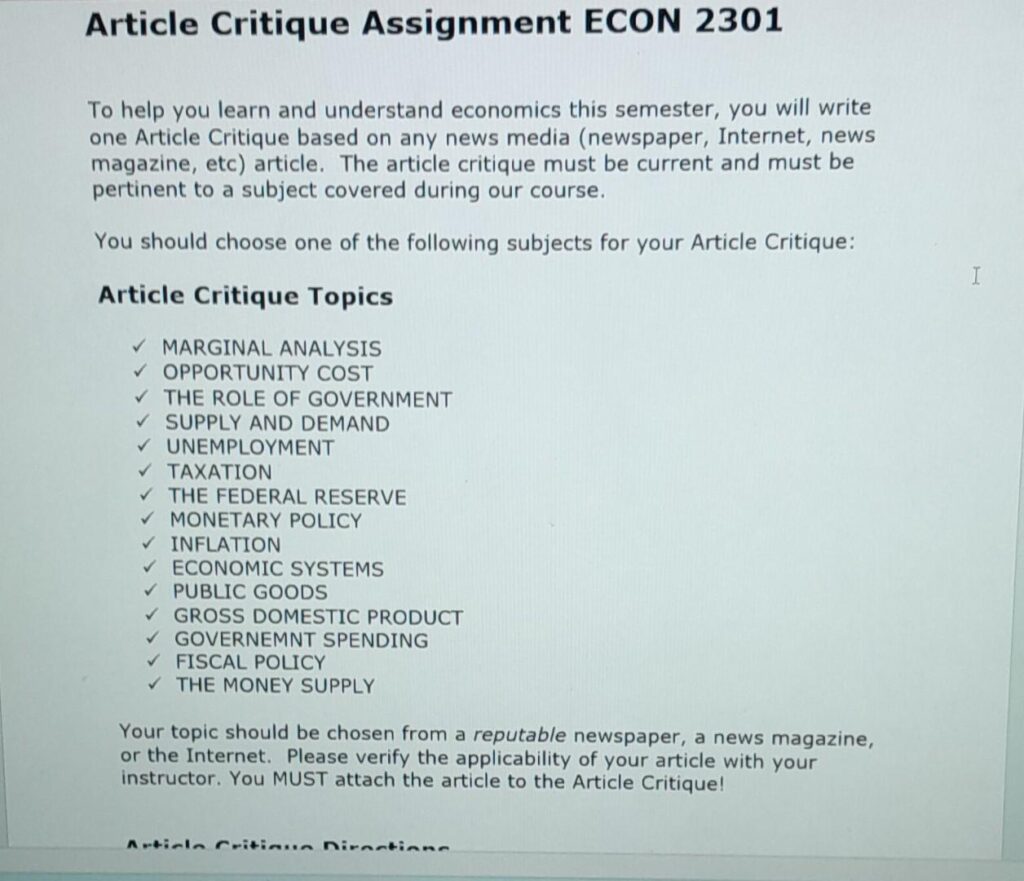Eastern Africa Market and Trade Overview Q1 2025: Joint RAM and Procurement Analysis Released
Humanitarian agencies and commercial stakeholders in Eastern Africa now have access to critical market intelligence through the newly published “Eastern Africa Market and Trade Overview Q1 2025.” This detailed report, a collaborative effort between the Regional Aggregate Market (RAM) team and Procurement experts, was unveiled in May 2025. It offers a comprehensive examination of current market dynamics, trade flows, and procurement trends that influence humanitarian operations across the region. The analysis comes at a time marked by ongoing challenges such as climate variability, geopolitical shifts, and fluctuating commodity prices-all of which significantly impact food security and supply chain resilience. These insights aim to inform strategic decision-making while promoting coordinated responses to evolving regional needs.
Market Resilience in Eastern Africa Despite Persistent Obstacles
Even with logistical constraints and unpredictable weather patterns affecting various parts of Eastern Africa, markets have demonstrated notable stability and adaptability. Enhanced collaboration among key regional hubs has strengthened supply chains, ensuring consistent availability of essential goods. Although price fluctuations continue to occur, they remain relatively moderate due to improved facilitation of cross-border trade combined with targeted procurement strategies. Both public institutions and private enterprises are intensifying efforts to expand local production capacities-an indispensable safeguard against external disruptions impacting food supplies.
Several factors contribute significantly to this robustness:
- Enhanced regional cooperation: Adoption of harmonized policies has streamlined trade processes.
- Infrastructure improvements: Investments in transport networks have reduced delivery times while cutting costs.
- Adaptive procurement models: Flexible systems adjust sourcing based on shifting demand patterns.
Recent data indicates cautious optimism regarding recovery trends; even traditionally volatile markets are showing signs of renewed vigor. Below is a comparative summary illustrating average commodity prices from Q4 2024 through Q1 2025-highlighting areas where stabilization or growth is apparent:
| Commodity | Q4 2024 Avg Price (USD/ton) | Q1 2025 Avg Price (USD/ton) | % Change |
|---|---|---|---|
| Sorghum | $320 | $318 | -0.6% |
| Cowpeas | $540 | $530 | -1.9% |
| Maize td >< td >$280< / td >< td >$290< / td >< td >+3 .6%< / td > tr > | |||
| Cooking Oil td > | $1100 td > | $1130 td > | +2 .7% td > |
Synergistic RAM & Procurement Efforts Boost Supply Chain Efficiency & Transparency Across Eastern Africa
The partnership forged between Rapid Assessment Mechanism (RAM) teams and Procurement departments marks a pivotal advancement in streamlining supply chain operations within Eastern Africa’s humanitarian sector. By leveraging integrated real-time data sharing platforms alongside coordinated tracking systems, this alliance has effectively shortened lead times while mitigating common procurement delays.(source). Reports show on-time deliveries increased by over15%, reflecting improved operational accuracy.
This collaborative model delivers multiple concrete advantages:
- Greater transparency: Shared dashboards offer continuous insight into procurement stages as well as inventory levels for all stakeholders.
- Cost reductions: Consolidated tendering combined with bulk purchasing initiatives have lowered expenses by nearly 10%.
- Lesser risks: Stringent supplier vetting procedures minimize fraud incidents along with contract disputes.
| Metric | Q4 FY24 | Q1 FY25 | % Change | ||||||||||
|---|---|---|---|---|---|---|---|---|---|---|---|---|---|
| Average Lead Time (days) | 21 | 17 | -19% strong > tr>
| Procurement Accuracy (%)
| 78%
| 90%
| +15% strong > tr>
| Emphasizing Local Sourcing & Strategic Partnerships To Strengthen Supply Chains In Eastern AfricaSustainability within regional supply chains hinges increasingly on prioritizing local sourcing initiatives-reducing dependence on volatile international markets while simultaneously boosting domestic economies.
An equally crucial element involves fostering partnerships among government bodies, NGOs, private sector players-and other relevant actors-to improve transparency throughout procurement channels via shared resources.
|

